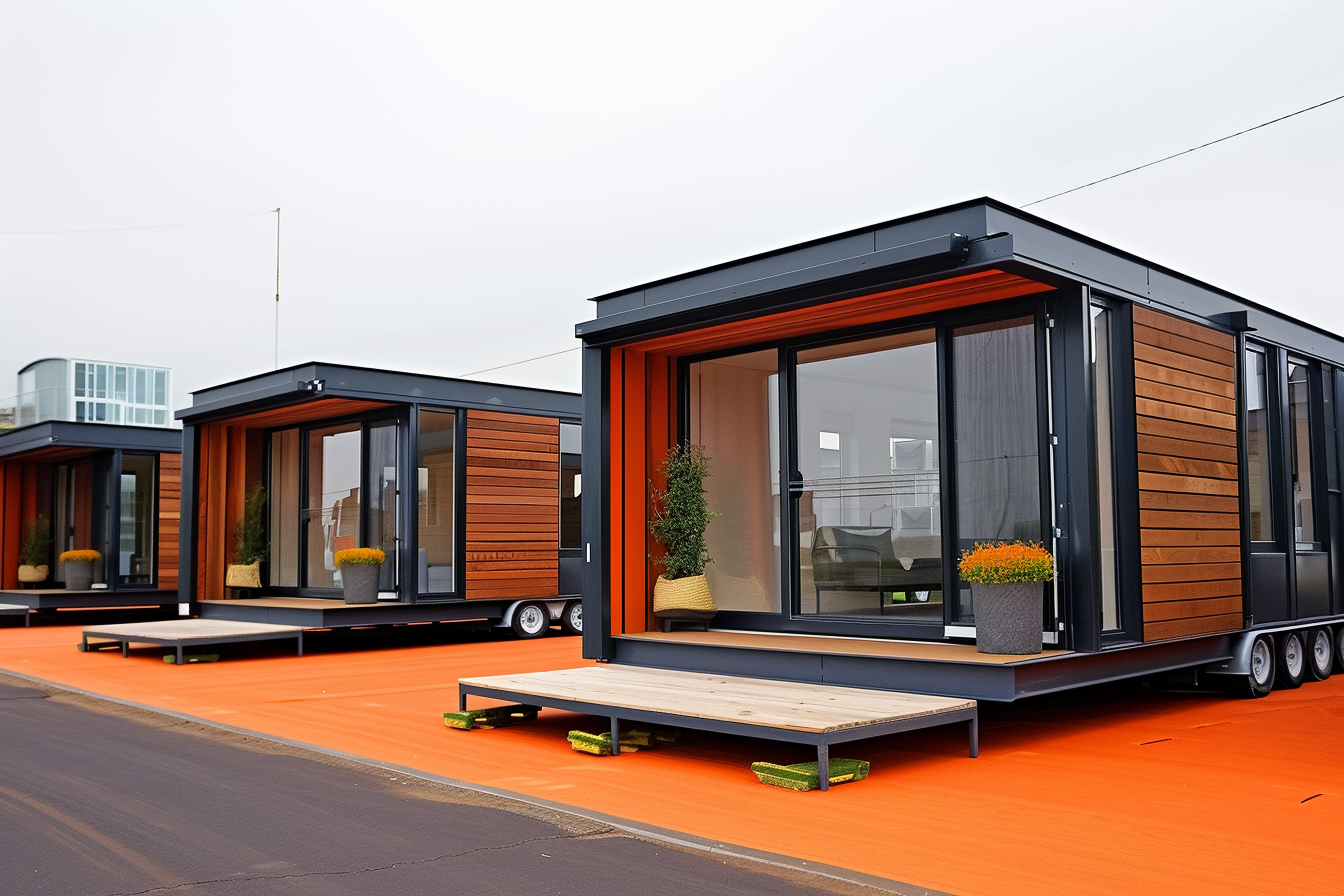Prefabricated Tiny Homes: A Comfortable New Life for Seniors
As the senior population grows and housing costs continue to rise, many older adults are discovering an innovative solution that combines affordability, comfort, and independence. Prefabricated tiny homes designed specifically for seniors offer a practical alternative to traditional retirement living, providing all essential amenities in a manageable space while maintaining dignity and autonomy.

The concept of downsizing in retirement has evolved significantly, with prefabricated tiny homes emerging as a compelling housing solution for seniors seeking both financial freedom and comfortable living. These factory-built structures offer numerous advantages over conventional housing options, from reduced maintenance responsibilities to enhanced energy efficiency.
Understanding 650 Sq Ft Prefabricated Home Options
A 650 square foot prefabricated home represents the sweet spot for senior living, providing adequate space without overwhelming maintenance demands. These homes typically feature one to two bedrooms, a full kitchen, bathroom, and living area designed with accessibility in mind. The compact layout eliminates unnecessary stairs and long hallways while ensuring all essential areas remain within easy reach.
Modern prefabricated homes in this size range often include features specifically beneficial for seniors, such as wider doorways for mobility aids, slip-resistant flooring, and strategically placed grab bars. The single-level design reduces fall risks while maintaining the comfort and privacy that independent living provides.
Prefabricated Home Prices and Budget Considerations
The cost structure of prefabricated homes offers significant advantages for seniors on fixed incomes. Base prices typically range from $80,000 to $200,000 for a 650 square foot unit, depending on features and finishes. This represents substantial savings compared to traditional site-built homes or assisted living facilities.
Additional costs include site preparation, utility connections, and permits, which can add $20,000 to $50,000 to the total investment. However, the long-term financial benefits often outweigh initial expenses, particularly when considering reduced utility bills and minimal maintenance requirements.
| Provider | Home Size | Base Price Range | Key Features |
|---|---|---|---|
| Clayton Homes | 600-700 sq ft | $85,000-$150,000 | Senior-friendly layouts, energy efficient |
| Champion Homes | 650 sq ft | $90,000-$180,000 | Accessibility features, customizable |
| Skyline Corporation | 640-680 sq ft | $95,000-$170,000 | Premium finishes, smart home options |
| Palm Harbor Homes | 650 sq ft | $100,000-$200,000 | Luxury amenities, barrier-free design |
Prices, rates, or cost estimates mentioned in this article are based on the latest available information but may change over time. Independent research is advised before making financial decisions.
Prefabricated Homes for Seniors: Design and Accessibility
Manufacturers increasingly recognize the unique needs of senior residents, incorporating universal design principles into their prefabricated home models. These adaptations include lower kitchen counters, accessible shower designs, and enhanced lighting throughout living spaces.
Many prefabricated homes for seniors feature open floor plans that accommodate wheelchairs and walkers while maintaining distinct living areas. Smart home technology integration allows for remote monitoring and control of lighting, temperature, and security systems, providing both convenience and peace of mind for residents and their families.
Location Flexibility and Community Integration
Prefabricated tiny homes offer seniors unprecedented flexibility in choosing their living environment. Whether placed on family property, in dedicated senior communities, or rural settings, these homes can adapt to various zoning requirements and personal preferences.
Many seniors appreciate the ability to remain close to family members while maintaining independence. The portability of prefabricated homes also allows for relocation if circumstances change, providing a level of flexibility rarely available with traditional housing options.
Maintenance and Long-term Benefits
The reduced square footage of prefabricated tiny homes translates directly into lower maintenance requirements and costs. Seniors can manage household tasks more easily, from cleaning to basic repairs, while modern construction techniques ensure durability and energy efficiency.
Utility costs typically decrease significantly in smaller homes, with many seniors reporting monthly savings of $200-$400 compared to their previous residences. These savings can be redirected toward healthcare, travel, or other retirement priorities.
Prefabricated tiny homes represent a thoughtful approach to senior housing that prioritizes both practical needs and quality of life. By combining affordability, accessibility, and independence, these homes offer a viable path forward for seniors seeking comfortable, manageable living arrangements. The growing variety of options and increasing focus on senior-specific features make prefabricated tiny homes an increasingly attractive alternative to traditional retirement housing solutions.




